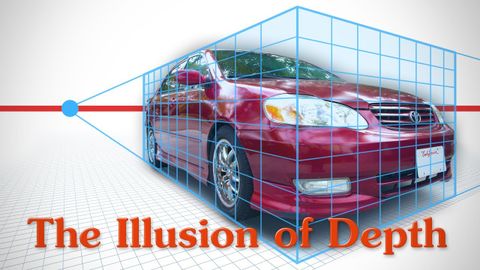
Subtitles & vocabulary
The Illusion of Depth - Perspective, Details and Overlapping Forms
00
vulvul posted on 2015/09/27Save
Video vocabulary
leg
US /lɛɡ/
・
UK /leɡ/
- Noun (Countable/Uncountable)
- Part of the body from the hips down
- The piece of furniture that touches the ground
A1
More draw
US /drɔ/
・
UK /drɔ:/
- Transitive Verb
- To attract attention to someone or something
- To influence a person's involvement in something
- Noun (Countable/Uncountable)
- Something that attracts people to visit a place
- A lottery or prize
A1TOEIC
More picture
US /ˈpɪktʃɚ/
・
UK /'pɪktʃə(r)/
- Noun (Countable/Uncountable)
- General situation or state of being
- Mental image of what something is or looks like
- Transitive Verb
- To understand or imagine something
- To imagine someone or something in an image
A1TOEIC
More car
US /kɑr/
・
UK /kɑ:(r)/
- Noun (Countable/Uncountable)
- A vehicle with wheels and engine to carry people
- A railway vehicle for passengers or freight.
A1
More Use Energy
Unlock All Vocabulary
Unlock pronunciation, explanations, and filters
